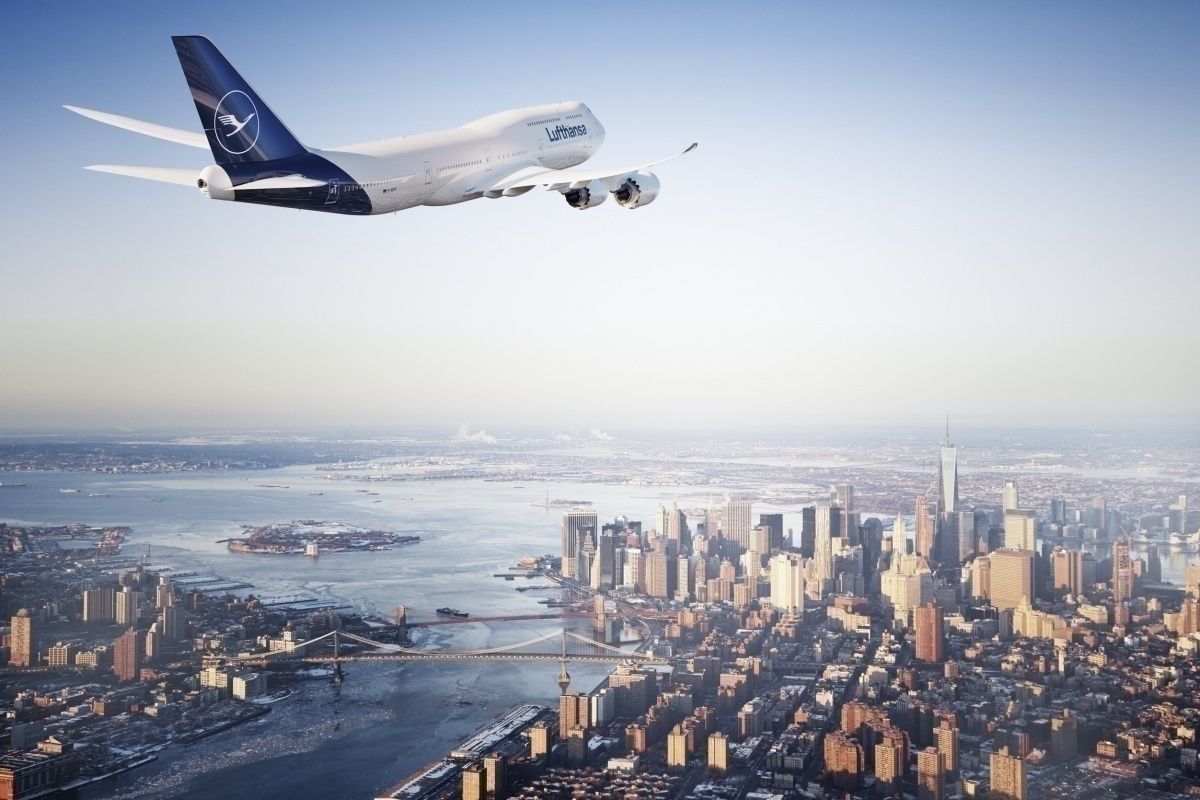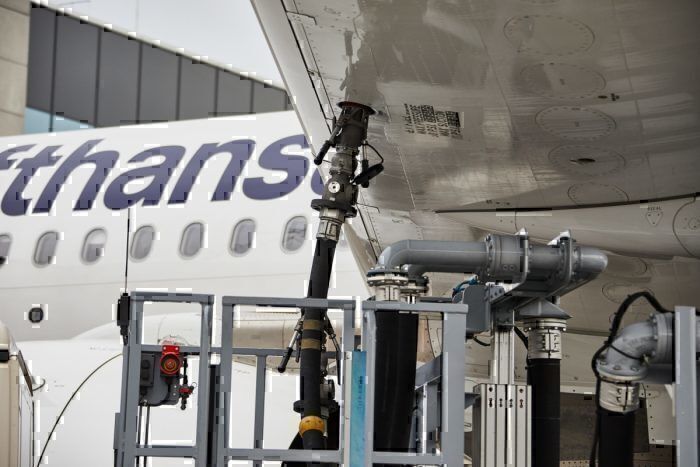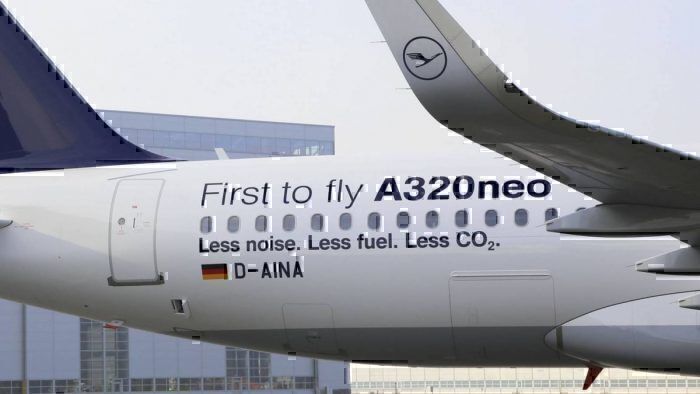With all the green fingers wagging in the direction of airlines right now, you’d be forgiven for thinking that the aviation industry is doing nothing to drive down its CO2 emissions. However, the reality is quite the opposite. As the CEO of Lufthansa, Carsten Spohr, points out, airlines have been ‘woken up’ to the benefits of fuel-saving for many, many years.
Do environmentalists think aviation is doing nothing?
The recent uptick in concern for the environment has brought with it some funny sights, from a teenager sailing across the Atlantic to a man gluing himself to the top of a plane, as the world demands we do something about all this flying around people are in the habit of doing.
But, do environmentalists really think that airlines want to waste a drop of jet fuel? The juice that keeps these jets flying is one of aviation’s biggest costs. Driving that cost down not only makes an airline ‘greener’, it also keeps it profitable too. At the recent IATA Wings of Change conference, Lufthansa CEO Carsten Spohr highlighted this point, saying,
“We do not need to be ‘woken up’ to saving fuel. Fuel is 20 to 25% of our costs. We’ve been trying to drive costs down for years!”
According to Statista, jet fuel is a huge proportion of airlines’ overall expenditure. Over the past decade, it has fluctuated between 19% and 32% of their overall overheads. Right now, the source estimates the average around the world as being 25% of airlines’ total expenditure, which is a huge slice of the business regardless of the size of the airline.
While having a large expense is not in itself damaging to any business, having one which is as volatile as the price of fuel can be.
The impact of jet fuel price changes
Right now, according to the IATA Jet Fuel Price Monitor, jet fuel is pricing at around $78.24/bbl. This has remained largely stable over the past few months, although it’s still 4.4% higher than it was a year ago. However, it’s not a particularly stable commodity.
For example, in the autumn last year, prices rose to a high of around $100/bbl. Although the high cost was not sustained, it meant many carriers were going into the quieter winter months with much higher than anticipated fuel costs.
Similarly, back in the winter of 2015/16, jet fuel hit a record low of under $40/bbl. This figure correlates with some massive expansions in terms of carrier capacity and routes, particularly in the low-cost sector. As with last year’s rise, the drop was not sustained, gradually creeping up to around the current levels by the summer of 2017.
You can pretty much track the impact of the cost of jet fuel in what we see happening in aviation markets around the world. At times of low cost, new carriers will emerge, existing ones will expand, and fare wars will be rampant. When costs are no so low, such as right now, we’ll see carriers being careful which routes they fly, abandoning unprofitable services and generally being more careful with their operations.
In the worst-case scenario, such as the rapid price rise last year, some carriers could be caught off guard. This can lead to a damaging spiral of debt building up, and, as we saw last winter and throughout the first half of this year, a flurry of bankruptcies.
How are airlines mitigating the impact of jet fuel price fluctuations?
Many airlines around the world undertake fuel hedging in order to have some form of control over their costs. While it makes fuel spend more predictable, hedging can also mean airlines are unable to benefit from unexpected drops in the price of jet fuel. This is why you’ll see very few low-cost carriers indulging in the practice; they prefer to take their chances on the prices going down.
The other, slightly simpler, means to control the impact of price changes is to require less jet fuel in the first place. Sounds easy, but perhaps not so much in practice.
In a study this year on transatlantic fuel economy, the theory of investing in newer, more efficient aircraft was plain to see. Norwegian came out on top as having the most efficient operations with 44l burned per passenger per km (pax-km/l). This is, in part, thanks to their investment in new, efficient Dreamliners (and those low ticket prices getting lots of bums on seats).
Down towards the bottom of the table was Lufthansa, with just 30 pax-km/l, who was noted in the survey as predominantly flying the A340 on this route. United Airlines too performed badly, with 31 pax-km/l, undoubtedly due to the use of aging 767s on the route. WOW Air, sadly no longer with us, was snapping at the heels of Norwegian at the top of the table, with 39 pax-km/l, thanks to their use of the narrowbody A321 for these trips.
Clearly, aircraft choice has a lot to answer for in terms of fuel efficiency, which is why we’re seeing so many airlines retiring older, less efficient jets in favor of new generation models with greater miles per gallon, so to speak. The rise in longer routes being operated by narrowbody aircraft is another trend falling out of a need for better fuel efficiency too.
As for what Mr. Spohr said, he is absolutely right. Airlines are pulling out all the stops to drive down fuel consumption, largely because it makes so much sense from a business perspective. The happy knock-on effect of this is lower carbon emissions too; it’s a win-win for everyone involved.




